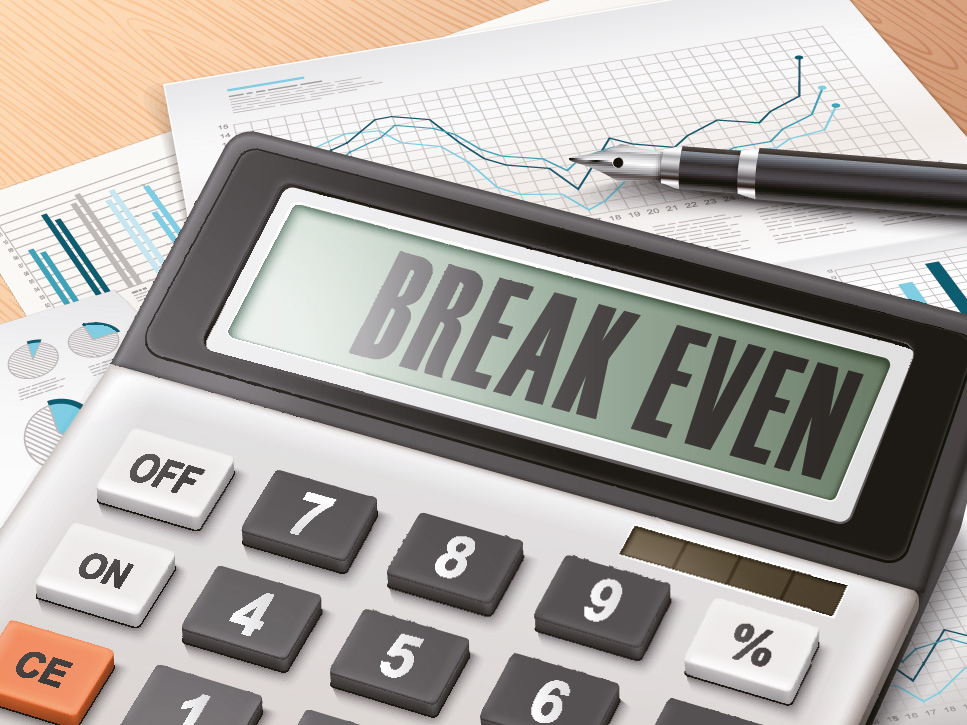As a landlord, one of your primary objectives is to make a profit from your property investment. Understanding the break-even point is crucial to achieving this goal. The break-even point is the moment at which the revenue generated from your rental property equals the costs associated with it. Knowing this information allows you to make informed decisions on pricing and expenses to maximise your return on investment (ROI).
In this article, we will delve into the concept of the break-even point, explain how it is calculated, and outline the factors you should include in your calculations.

Calculating the Break-Even Point:
To calculate the break-even point for each of your rental properties, you will need to consider both your fixed and variable costs, as well as your rental income.
- Fixed Costs: These are expenses that remain constant, regardless of the number of tenants or rental periods. Examples of fixed costs include:
- Mortgage payments
- Insurance premiums
- Regular maintenance fees (e.g., service charges for apartments)
- Variable Costs: These costs fluctuate depending on factors such as the number of tenants or the rental period. Examples of variable costs include:
- Repairs and maintenance (beyond regular maintenance)
- Utilities (if included in the rent)
- Cleaning services (if applicable)
- Marketing and advertising costs
- Letting agent fees
- Legal and accounting fees
- Rental Income: This is the money you receive from your tenants. It is important to consider the potential for void periods (times when the property is unoccupied and therefore not generating rental income) and factor them into your calculations.
Break-Even Point Formula:
Once you have gathered all the relevant information, you can calculate the break-even point using the following formula:
Break-Even Point (in months) = (Fixed Costs + Variable Costs) / Monthly Rental Income
For example, if your fixed costs are £6,000 per year, your variable costs are £2,000 per year, and your monthly rental income is £1,000, your break-even point would be:
Break-Even Point = (£6,000 + £2,000) / £1,000 = 8 months
In this example, it would take 8 months of rental income to cover your fixed and variable costs.
Important Factors to Consider:
When calculating your break-even point, keep the following factors in mind:
- Capital Gains Tax: When you eventually sell your property, you may be liable for capital gains tax. This should be factored into your long-term calculations to ensure an accurate break-even point.
- Tax implications: As a landlord, you will be subject to income tax on your rental income. Be sure to account for this in your calculations.
- Changing costs: Over time, your fixed and variable costs may change due to inflation, interest rate fluctuations, or unforeseen expenses. It is essential to revisit your break-even calculations periodically to maintain an accurate picture of your investment.
Understanding the break-even point is a vital step for any landlord looking to maximise their return on investment. By taking the time to gather accurate information on your fixed and variable costs and considering the various factors that can impact your calculations, you will be better equipped to make informed decisions about your property investment. Regularly reassessing your break-even point will ensure that you stay on track towards your financial goals and maintain a profitable rental property portfolio.






